Sara Mahabadi
Advisor: Lancelot Coar
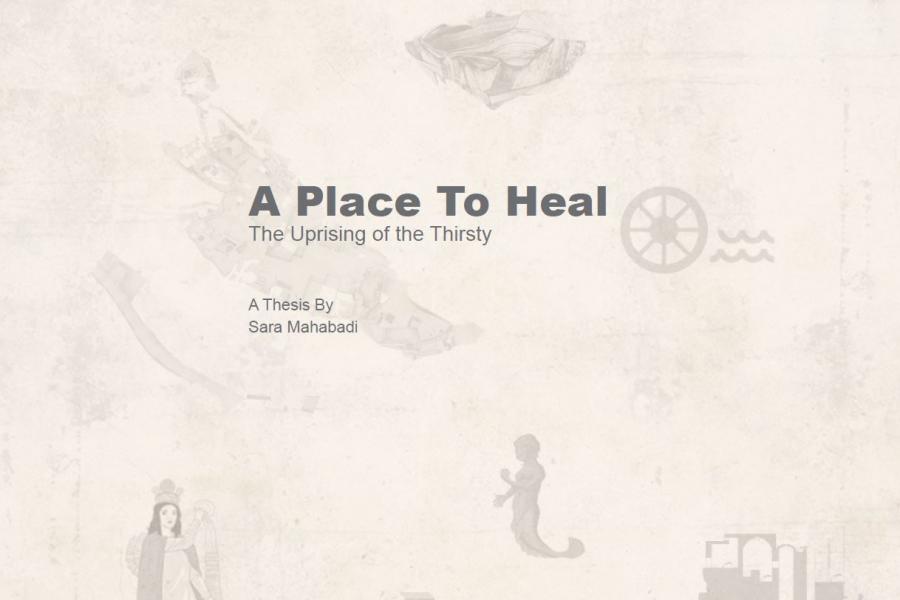
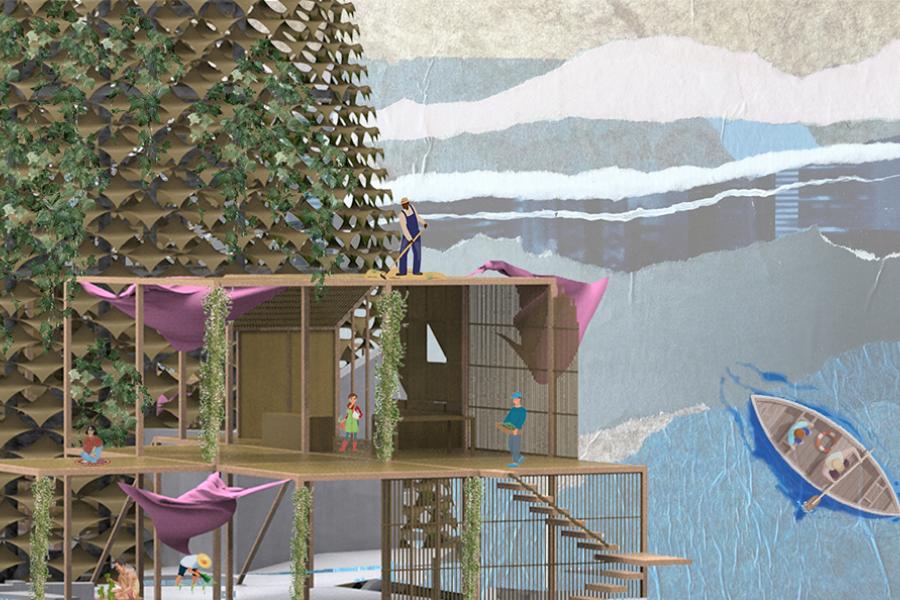
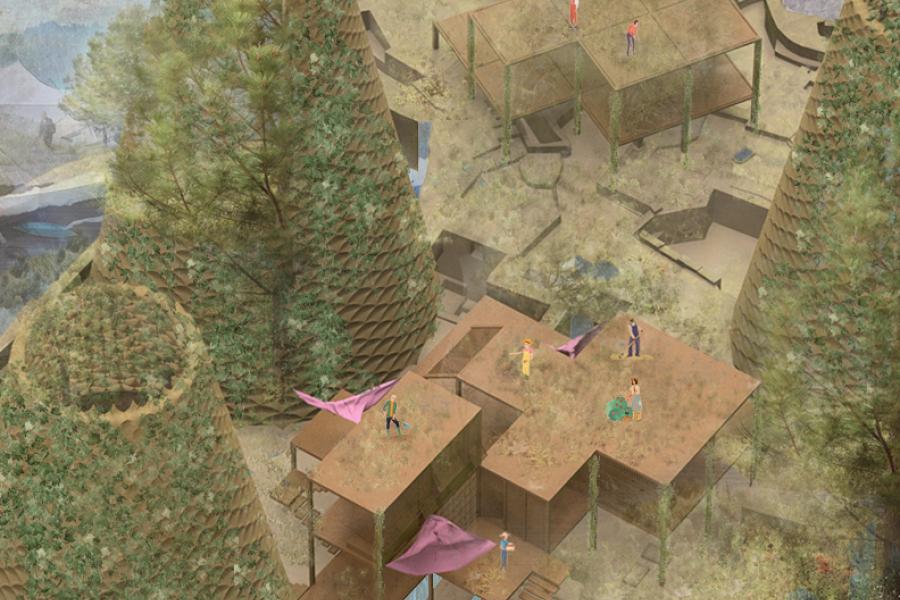
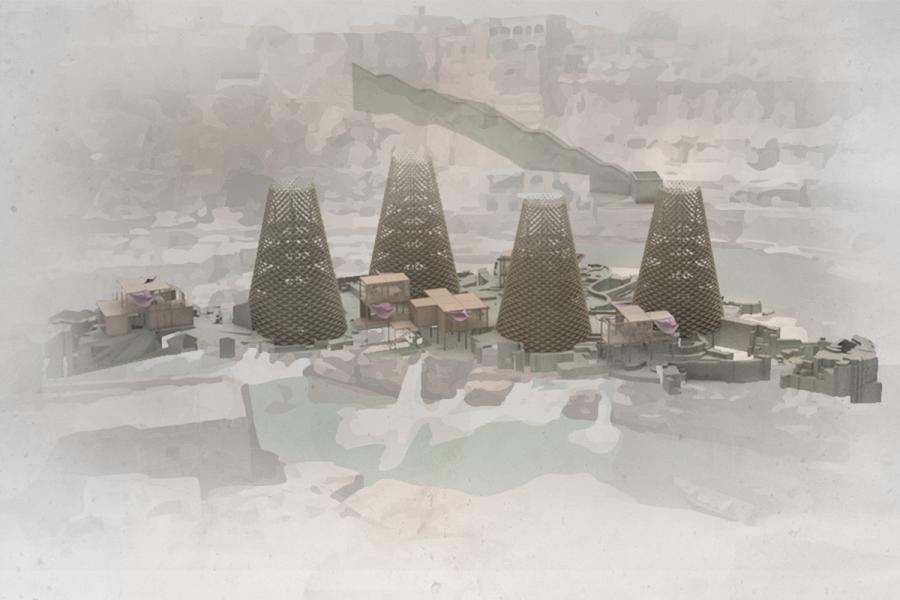
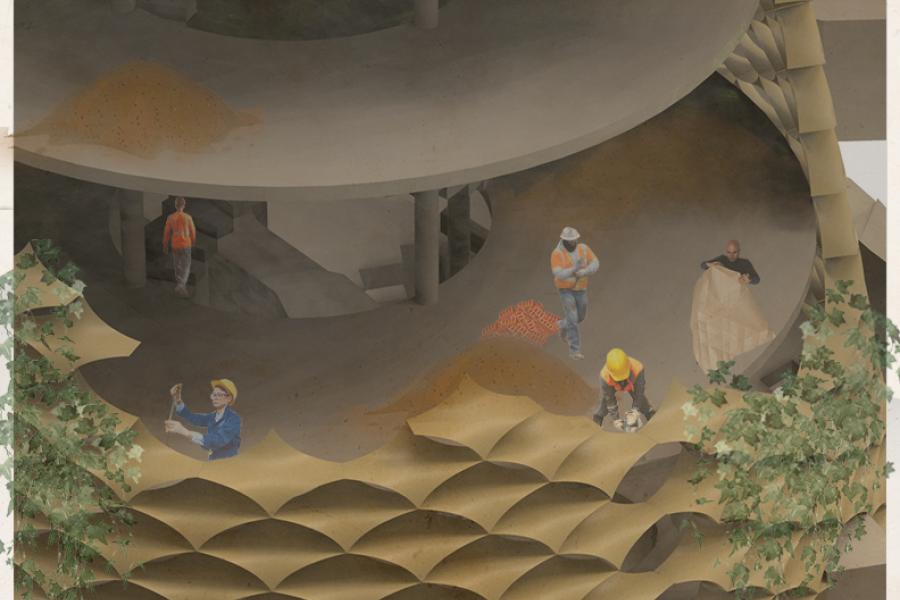

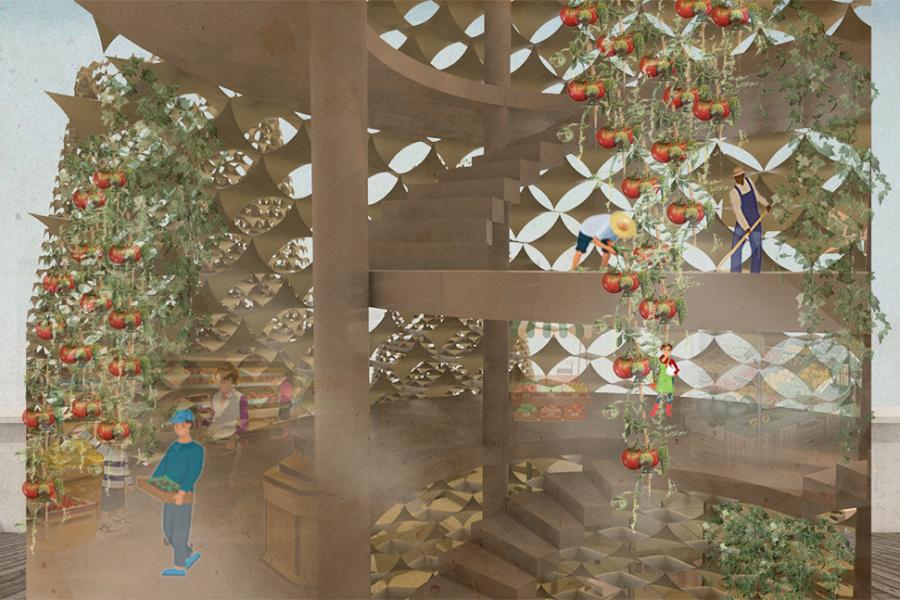
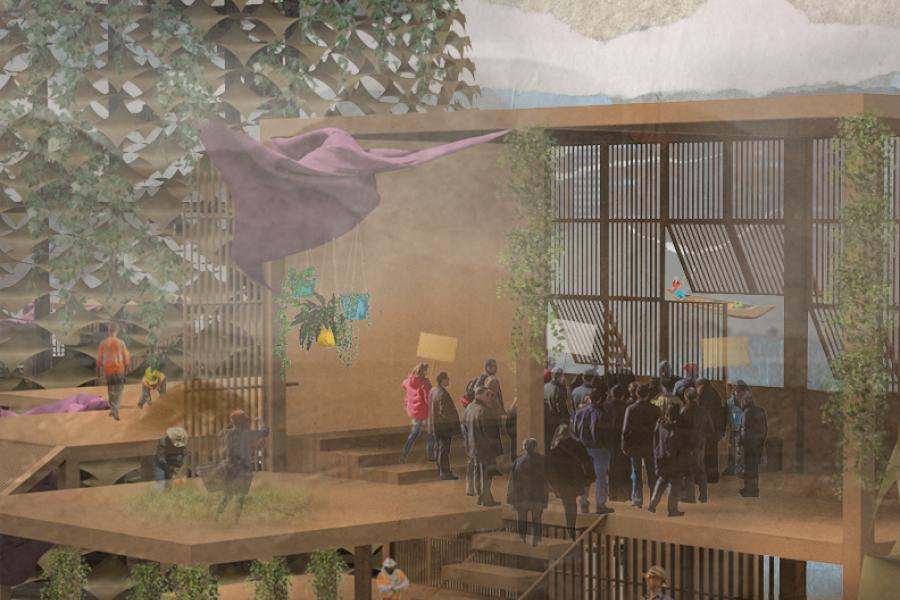
A Place to Heal: The Uprising of the Thirsty
Narrative storytelling is a way to build spaces that tell meaningful messages. The significance of storytelling can help us build relations between our identity and the environment. Stories can give us visions and perspectives to see the future of our building environment. And they can bring us closer to a place where we can form our identities and use them as our life guides.
The water shortage crisis in Iran triggered ongoing protests across the country that continues to this day. The first round of protests started last summer, starting in Khuzestan and soon spreading to other provinces. This event is one of the most important political events in the contemporary history of Iran, which soon led to police violence and brutality.
The environmental crisis’s economic, political, and social consequences are immeasurable. My intention is to express the ideology that regardless of whether people achieve freedom, overcome water scarcity, or whether the government takes responsibility and acts on the problems or not, is it possible for people to take control of this situation. Is it possible to use innovative design thinking strategies or vernacular architecture techniques inherited from previous generations to move forward and survive?
This thesis aims to provide a framework through which we can explore storytelling. And will culminate in a project to design a place for urban farming. It is a place where farmers and their families come together to explore possibilities to live and survive. The project aims to reorganize how we produce food and a sense of food security among communities. My effort is to strengthen the relationship between architecture and farming to sustain ourselves in these environmental crises for the future, especially in the urban setting.
